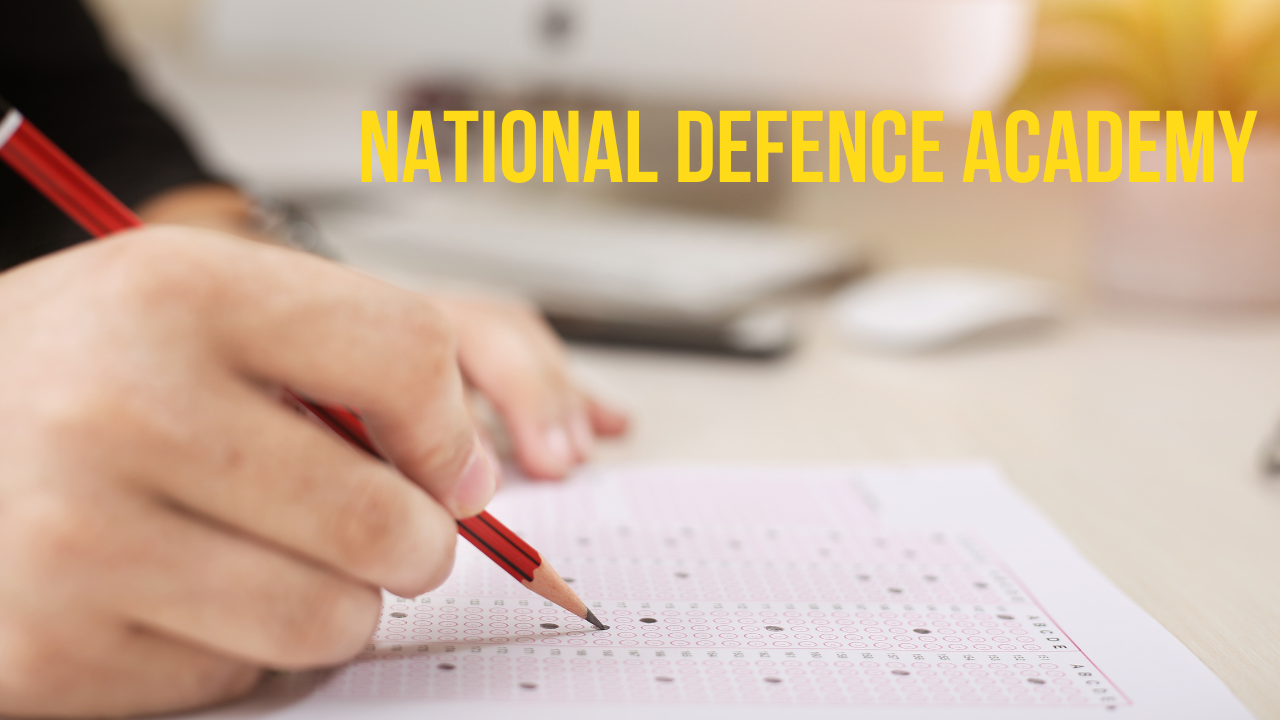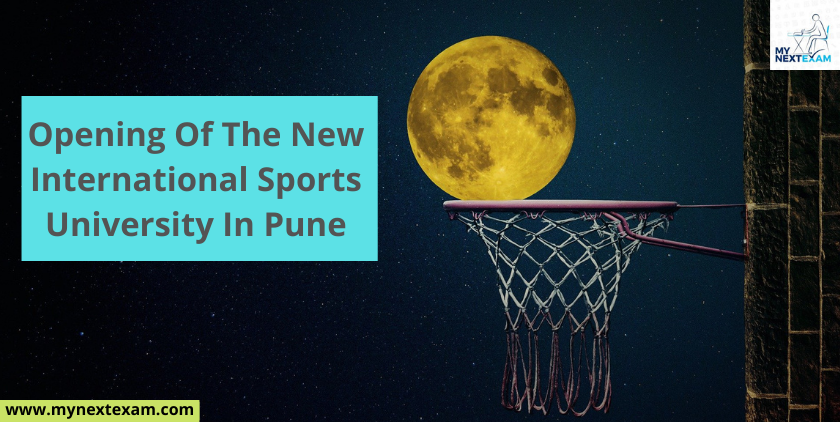Media and communication are fundamental and significant aspects of the sporting industry with the increase in sporting activities worldwide. The need for broadcasting and media is being increased massively. Also, due to the rise in news channels and the ever-increasing journalism industry, the need for the same is becoming imperative and necessary. Sports and the media are linked in a complex web of connections that spans local and global contexts. The value of sports to media firms and their investment in sports have increased significantly since the 1980s.
All sports organisations need strong media relations and open lines of communication with their fans. To effectively manage the communication process in the sports industry, managers must have a solid understanding of information and communication technology. For sports clubs, Instagram may be a highly focused visual advertising channel. Nowadays, the majority of people utilise social media and have online profiles.
What are Media and Communication Modes?
Media communication essentially means using technologies that document events (e.g., audiotape, videotape, electronic transfer of information through computer programs) to communicate information. Media Communication means all print and electronic media forms, including all information and communication channels. Communication media include print, visual, audio communication and public relations.
Print media (books, magazines, and newspapers), television, movies, video games, music, cell phones, various types of software, and the Internet are just a few of the many formats available for modern media. Each media consists of a delivery mechanism—a device or other item—through which the material is transmitted.
Communication means the act of sharing or exchanging information, ideas or feelings. Hence, in sports and other related fields, communication refers to sharing information regarding sports among one party or a third party and exchanging sporting ideas.
Communication typically has four types ranging from non-verbal, such as a glance and raised eyebrows, to verbal, such as a change in pitch and tone. These two are generally referred to as the primary two types of communication, but apart from these two, there are written and visual communication.For visual communication we can use various tools like windows media player, MP4 background remover, Canva etc.
The need for media and communication
Money: Media corporations pay for the right to broadcast a sporting event. Additionally, sports broadcast on television increase sponsorship.
Education: Observing sports on television helps people learn the game's regulations.
Role Models: People can look up to good athletes when they see them on television and in the media.
Inspiration: The media makes sports accessible to people who might not otherwise have the chance to do so. People may be motivated to participate as a result.
Coaching Aid: Observing professionals on TV can show you how to carry out a method which could improve your performance.
Awareness: With the help of media and communication, people know about what is happening in the sporting industry and become aware of related topics.
The postgraduate programme offered by GNIMS Business School offers a wide variety of students to choose from, including courses on sports journalism and other related fields like media and communication, allowing students to explore this domain and become great sports journalists and media professionals.
For more such info, contact us at www.mynextexam.com
By Kashik Sen
Also Read:















Leave a comment